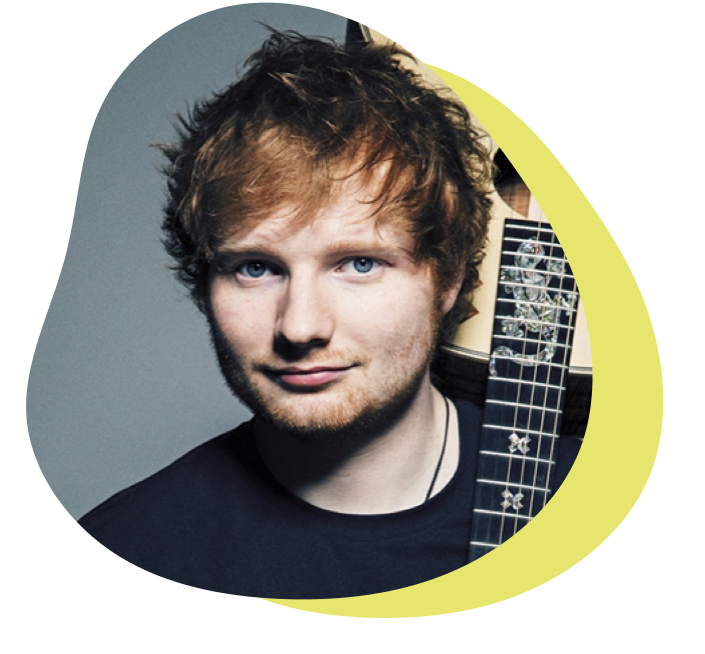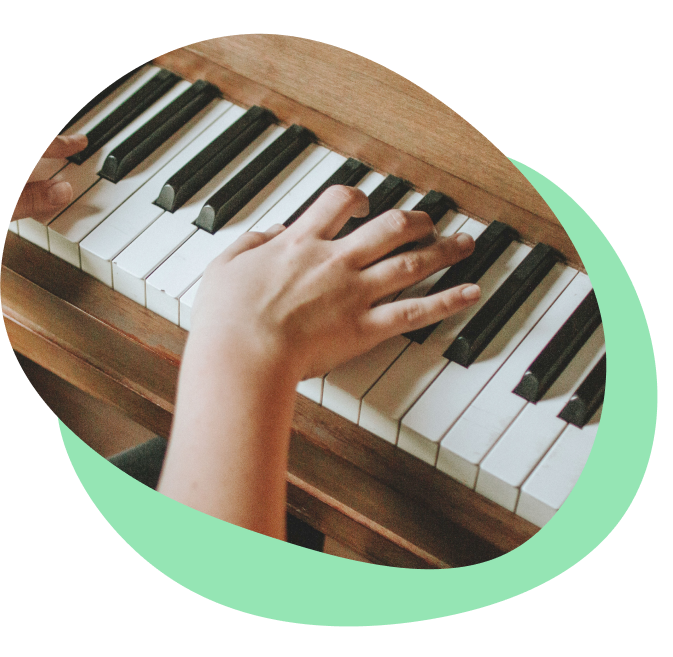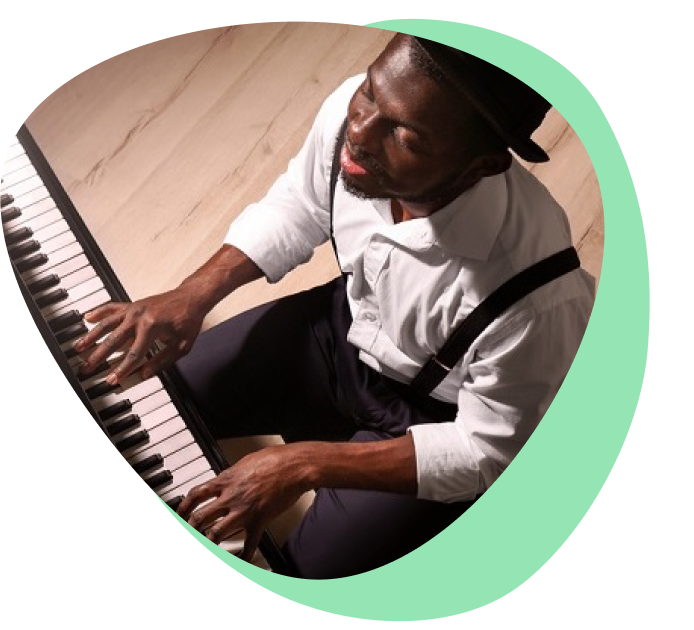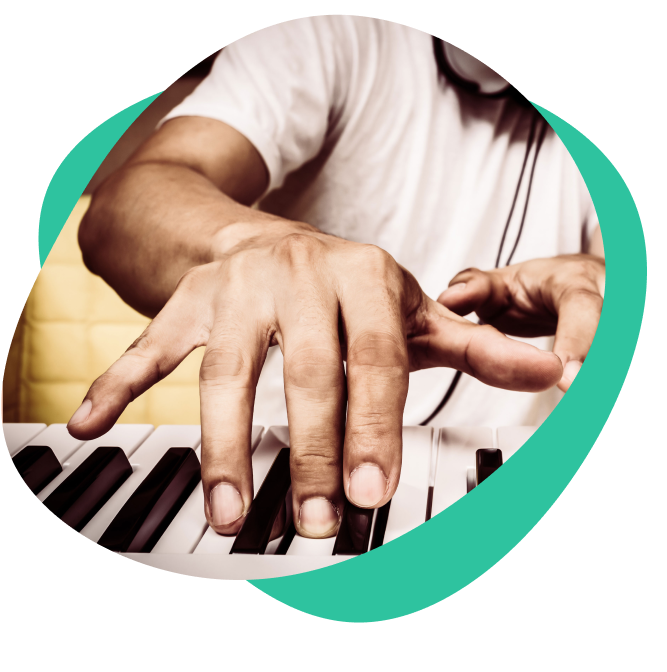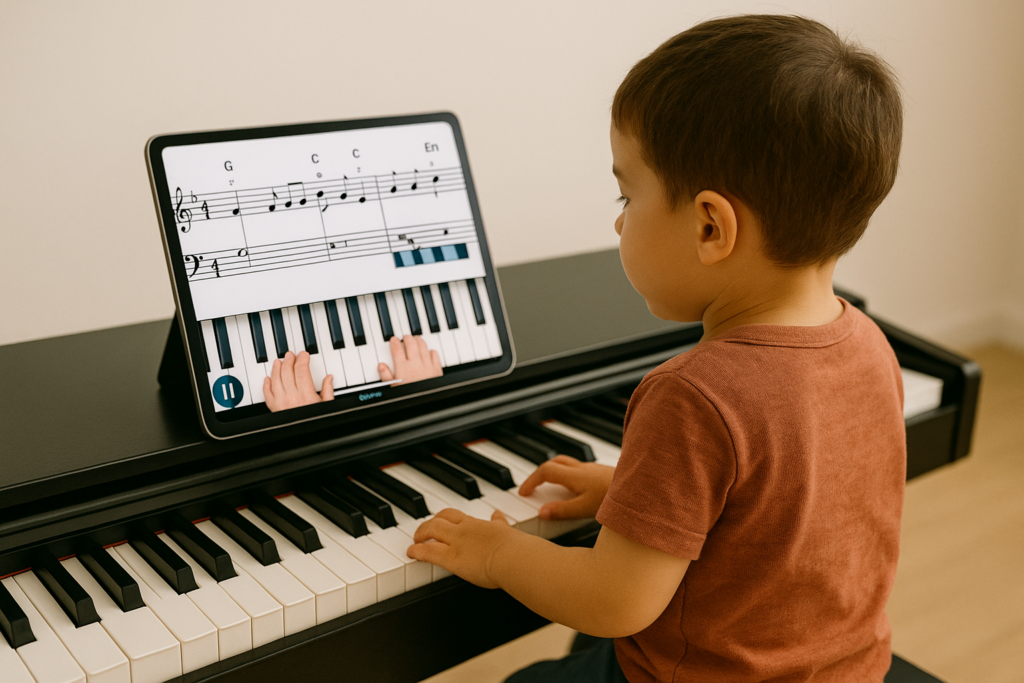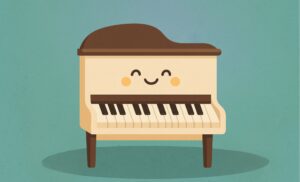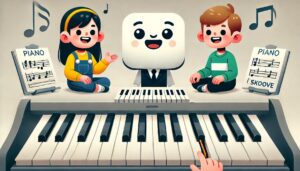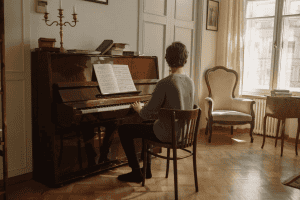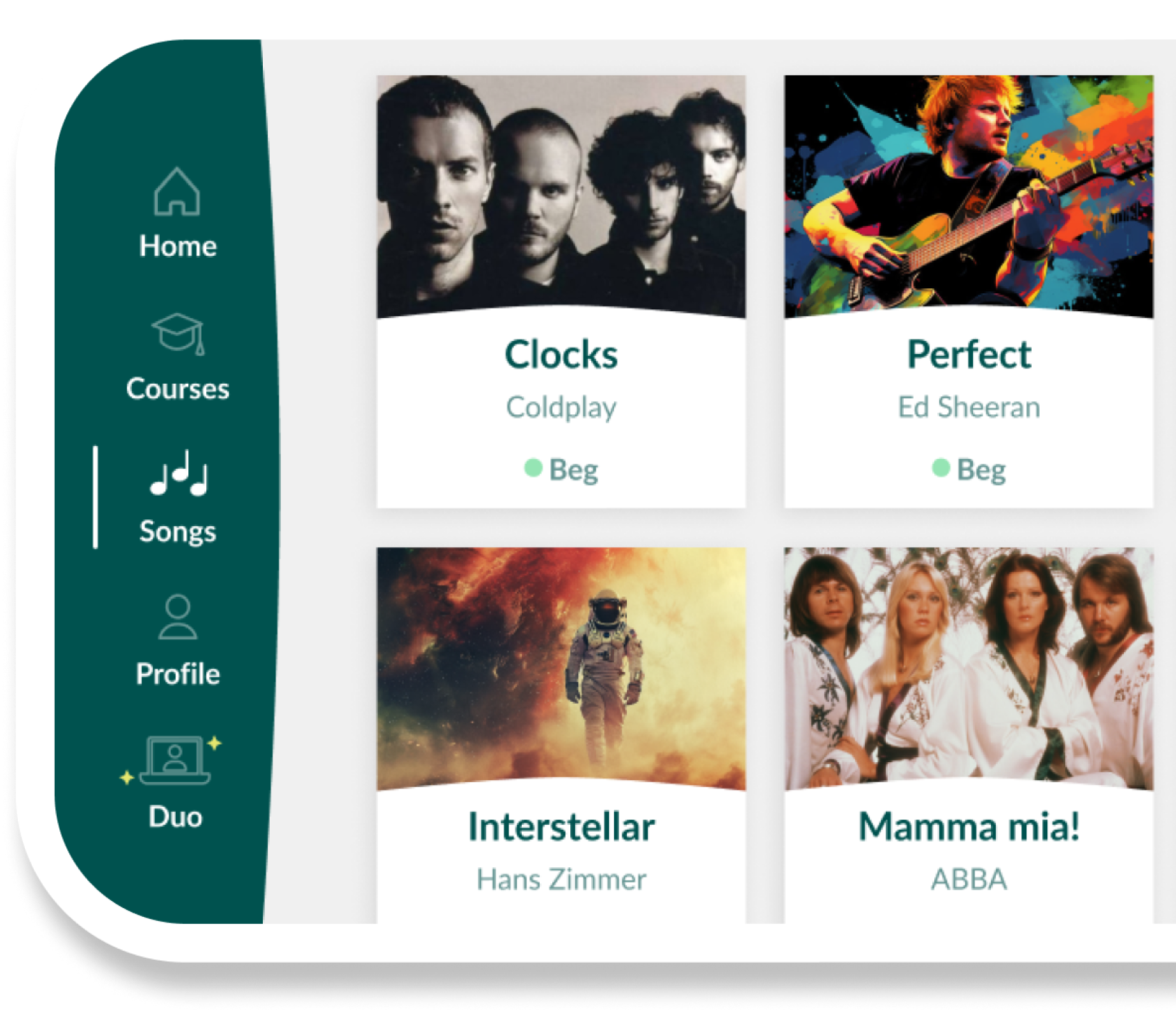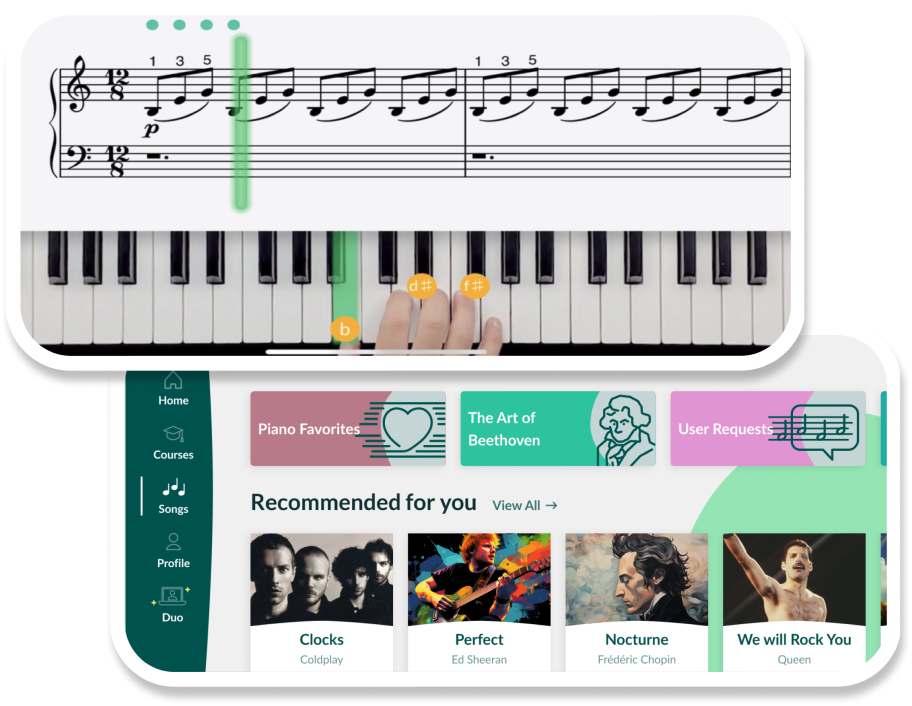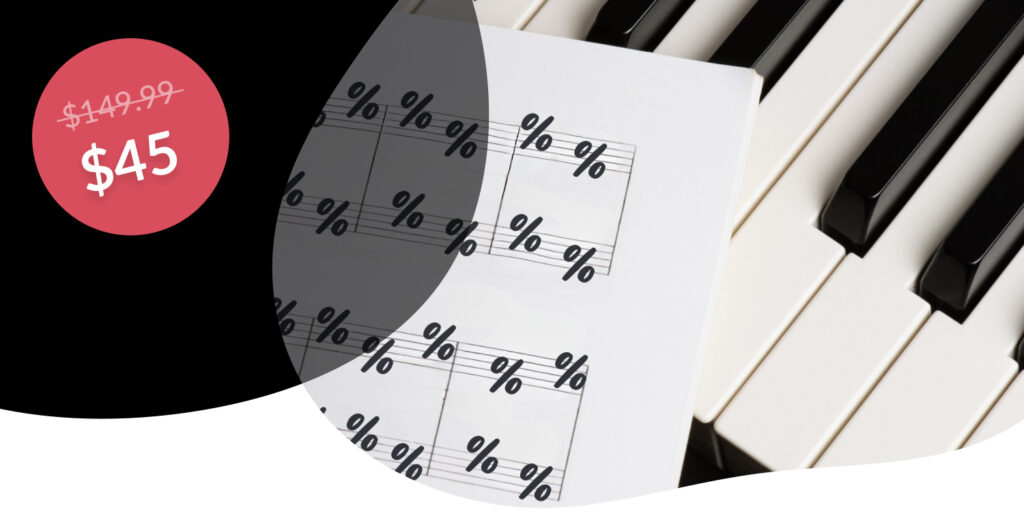If you’re wondering how to introduce your little one to music, exploring piano for toddlers is a wonderful place to start. Whether your child is just beginning to explore sounds or is showing early interest in melodies, the right piano can turn playtime into the start of learning adventure and lifelong passion for music .
- Fall in love with the music - Learn your favorite songs, at a level suitable for you.
- Enjoy interactive piano lessons - Explore courses covering music theory, technique chords & more.
- Get real-time feedback - Skoove's feedback tells you what went well and what needs practice.
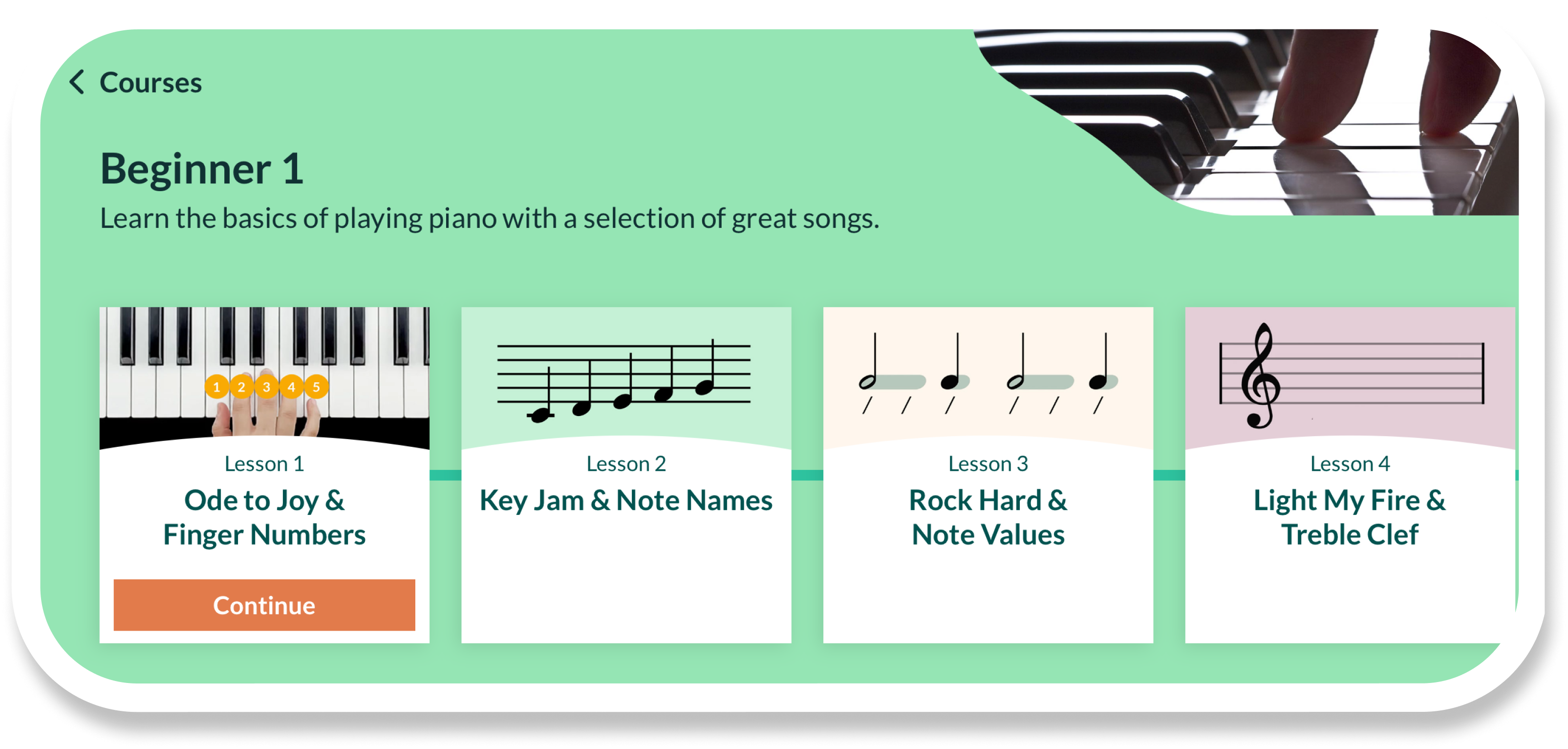
Types of toddler pianos
Not all pianos are the same. Depending on your toddler’s age and interest, some pianos and keyboards can be a better option than others. Let’s look at popular toddler piano types and what makes them special.
Toy pianos (beginner piano for toddlers)
Toy pianos are colorful, sturdy, often wooden or plastic pianos designed just for little hands. They’re perfect for ages 1-3 and focus on fun and exploration rather than perfect sound. Toy pianos encourage imaginative play and are toddler-proof to survive energetic use.
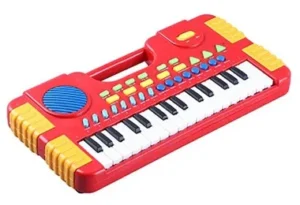
| Pros | Cons |
| Durable, simple, safe and great for sensory play. | Usually has a tinkly, toy-like sound, not like a real piano. |
Piano mats and floor keyboards
Piano mats are large floor mats with piano keys that toddlers can step or press on. A piano mat for toddlers is an excellent active option for children aged 1-3 who love movement and music combined.
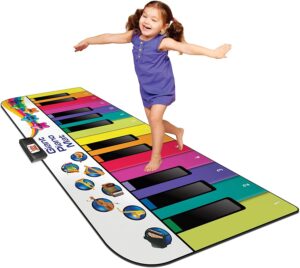
| Pros | Cons |
| Fun, physical, encourages group play, and easy to store. | More playful than instructional. |
Digital keyboards for toddlers
Digital pianos are available as scaled-down or reduced key keyboards with 25–32 keys, sometimes with light-up keys, demo songs and sound effects. These work well for toddlers aged 2-5 who show interest in melodies and rhythms.
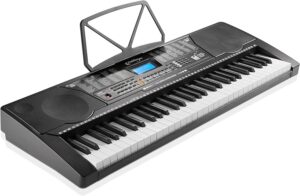
| Pros | Cons |
| Introduce real piano notes, volume control, headphone jacks, and interactive features. | Requires batteries or power and some supervision. |
Real pianos for toddlers
An acoustic or full digital piano scaled down for kids. A real piano for toddlers is a good choice for children aged 3-5 who are ready for more structured learning.
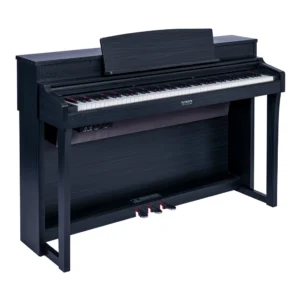
| Pros | Cons |
| Authentic sound and feel that prepares toddlers for formal lessons. | Bigger investment, requires space and supervision. |
How to choose the right piano for your toddler?
Here are important factors to consider when picking the best piano for toddlers:
- Age & development – younger toddlers do better with toy pianos or mats; older toddlers can try mini keyboards or digital pianos.
- Size & portability – small, lightweight pianos fit better in living spaces and can be moved easily.
- Sound quality & volume – look for volume control to protect little ears and keep peace at home.
- Durability & safety – choose models made from non-toxic materials, sturdy enough for toddler energy.
- Educational features – light-up keys, demo songs or apps can enhance learning and keep your toddler engaged.
- Budget – prices vary widely, pick something that fits your budget but doesn’t sacrifice quality.
Remember, the best piano for toddlers is one that invites your child to explore and have fun.
To add variety, you can also explore digital learning tools. Skoove offers beginner-friendly, interactive piano lessons for toddlers that make learning playful and easy for toddlers and parents alike. Our app provides visual guides and simple melodies perfect for little learners, complementing the physical piano experience. It’s a gentle way to introduce melodies and build early confidence.
Author of this blog post:
Matthew Dickman

With over a decade of experience in music education Matthew holds a BA in Music from Paul McCartney’s LIPA and an MA in Composition from the University of Salford. Mathew has developed a distinctive compositional voice and approach to music theory education through his research and work in the music industry. Matthew’s writing for Skoove combines experience from orchestral and media composition, and as a gigging jazz musician, to create a wholistic and accessible pedagogy for musicians of any level. Away from music, he enjoys reading and exploring nature to expand his horizons and knowledge contributing to his holistic teaching style.



